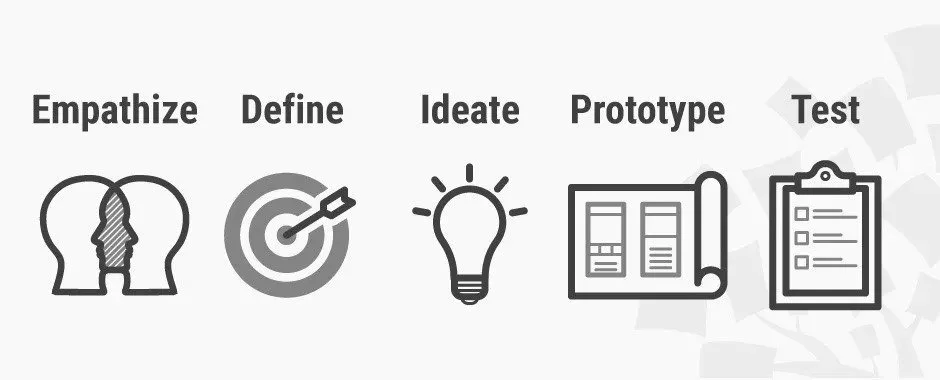Ideation & Prototyping Week 3
Endangered Animal Assignment - Hawaiian Monk Seal
The Hawaiin Monk Seal is one of the world’s most endangered species that have started declining since the 1950s with only 1,570 remaining. They are found in the Hawaiian archipelago and are endemic to this area. Currently, 400 seals reside in the main Hawaiian Islands and roughly 1,200 seals in the Northwestern Hawaiian Islands. They are threatened and on the brink of extinction for many reasons such as entanglement, prey limitation, shark predation, fishery interaction, intentional killing, loss of terrestrial habitat rising sea levels, and disease. Large amounts of plastic trash have been discovered in the habitat of the endangered Hawaiian monk seals, causing the monk seals to become entangled in plastic. Hawaiian monk seals have one of the highest known entanglement rates of any pinniped (seal) species Pups and young seals are most frequently entangled. Marine debris and abandoned fishing gear are the two main forms of pollution that have an impact on the habitat of monk seals, especially in the Northwestern Hawaiian Islands. Moreover, due to climate change (storm erosion and rising sea levels), they face habitat loss leading to the disruption of their resting and pupping habitat. The Marine Mammal Protection Act, the Endangered Species Act, and the State of Hawaii law all provide protection for Hawaiian monk seals.
Not only are they adorable to look at but their survival is important for the marine ecosystem. They have existed since ancient times (long before humans) and are top predators that serve to control levels of numerous prey populations to maintain a healthy functioning ecosystem. As they are carnivorous feeders, they play a huge role in ensuring the ocean population is under control by eating populations such as crustaceans, fish, and squids. Without them, the Hawaiian ecosystem would destabilize and become disordered. Another primary reason for their extinction is Toxoplasmosis which is a microscopic parasite found in the guts of cats. The eggs of toxoplasma gondii develop from cat feces and can severely infect monk seals through rainwater and runoff in the ocean. People contribute to the spread of this parasite by letting cats roam outdoors, abandoning cats, or not controlling the feral cat population.
I fell in love with the specific image shown above of the Hawaiin Monk Seal seamlessly floating on its back and wanted to recreate the same image. I had candy tubes that were collected for months because of their unique shape and saw that they would work well to create the animal using recycled materials. The recyclables used are the following:
4 cardboard candy tubes for the body
Almond milk bottom for the fins
Almond milk caps for the eyes
Red plastic cups for the face
Cardboard for the fins
Egg cartons for the nose
Plastic bottles to fill the inside
Zip ties for the whiskers
Materials Used
Cardboard Tubes
Cut them in half and filled with pla
Body of Monk Seal
Stacked Egg Carton together
Cut Almond Milk into strips for fins
Materials
Technology Affordances - William Gaver
Coming from a social science background with a minor in Psychology, I learned early on the benefit of understanding and applying psychology concepts to design. A key takeaway from Gaver’s essay is that we must comprehend the capabilities and needs of potential users and that “Affordances are properties of the world defined with respect to people's interaction with it” (2, Gaver). Oftentimes, designers get so invested in the features and technologies behind the creation of a product that they lose sight of the primary reason why this product is needed. When I first learned about the field of UX/UI, I read about Don Norman and his view that the concept of affordances can be applied to everyday objects. Something as simple as a handlebar suggests different affordances as its orientation and placement will make you decide whether your first instinct is to push or pull. What stood out to me most was Gaver’s explanation of how the culture an individual was brought up in can change the way they view affordances. I also learned a lot from his comparison between tactile affordances and the affordances of interfaces as there is more overlap than one may think
A Brief Rant on the Future of Interaction Design - Bret Victor
This article was a great read and really made me think about our body parts and how our hands are used to touch, feel, and manipulate materials. Victor is making a great argument that these technologically advances are almost making us loose touch withourselves. When you think of tools, many of the movements and actions we are able to do with our body have been replicated through technology. For example, cupping our hands to make a bowl shape, using your nails as an instrument for digging or spreading your fingers apart to create a rake, the contraction and release of muscles replicating a spring or slightly bending your elbow to hold bags resembling a hook. As designers, we need to do better and think of ways to excentuate the physical touch when we interact with products, not take them away.
Final Result
The Hawaiin Monk Seal is around 7ft long and almost 500 pounds! For this reason, I wanted to recreate it as large as I could and try to shape its body with the materials I had on hand. The round cardboard tubes were very difficult to cut, mold and shape. I resorted to dipping them in water to make it a bit more pliable to mimic the image of the seal I originally found. I also would have liked to round the seals head more but ran out of materials to make that happen. I am honestly impressed by what I was able to make using waste that has been piling up at home. I think this is a great lesson to get creative with all the garbage we create as humans and put them to good use.













